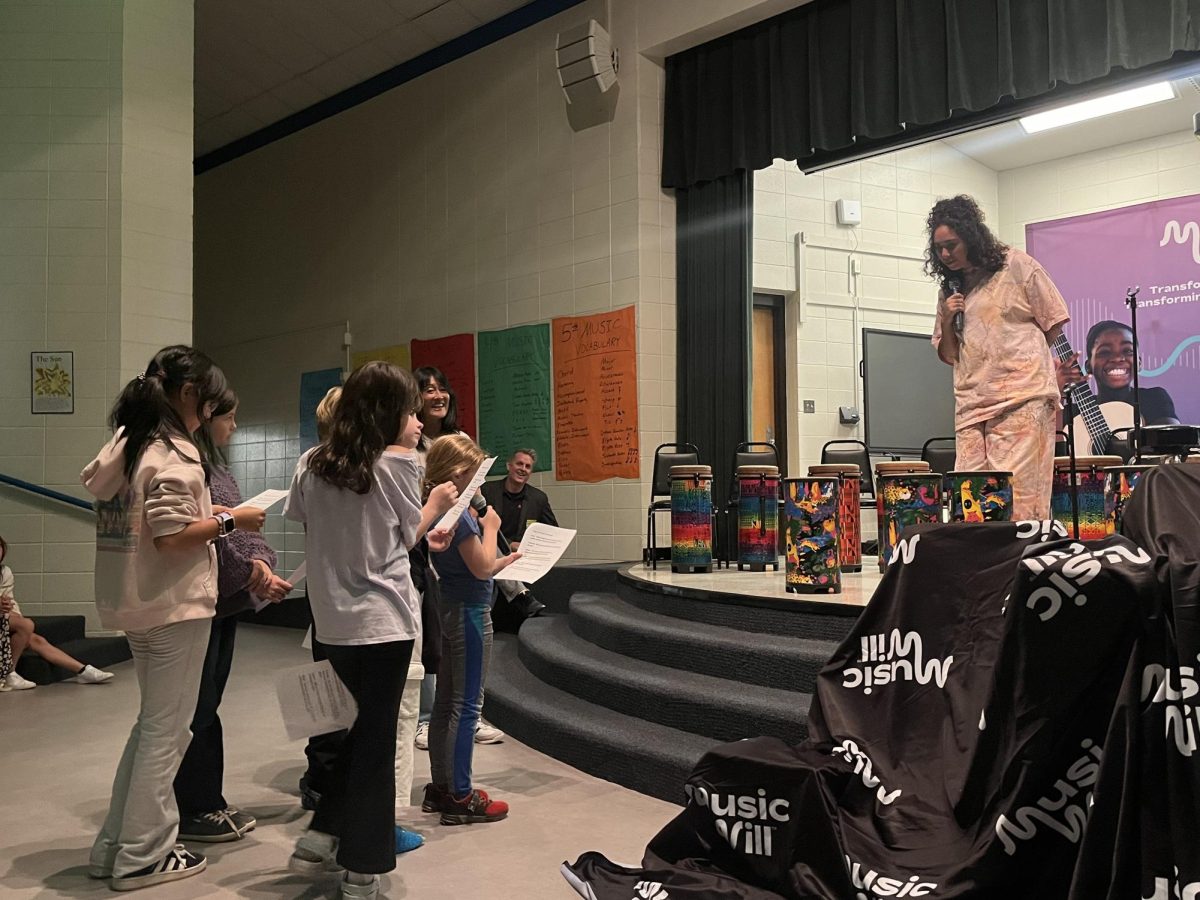By Megan Brooks – [email protected] – Contributor
Beaten, raped and severely damaged, 13-year-old Barbara Amaya knew she could be close to death. Amazingly, this was just the beginning.
Some 17,500 people endure the abuses of human trafficking within the United States each year, according to estimates from the U.S. Justice Department.
Human trafficking encompasses any form of modern-day slavery involving force or exploitation for the purposes of labor or commercial sex, according to the U.S. Department of Homeland Security.
The victims of this abusive crime largely involve young females either running away from abusive homes or immigrant girls enticed to come to the United States upon false pretenses, according to Detective Tom Hepner of the Charlotte Human Trafficking Task Force.
“The girls that are found to be victims also include foreign girls that are held in massage parlors and they usually will not talk to us,” Hepner said.
North Carolina ranks eighth in the nation for sex trafficking. Similarly, North Carolina ranks as the 10th in highest call volume for the amount of trafficked victims calling the national human trafficking hotline, according to The Polaris Project statistics.
“Here at Polaris, we receive calls from girls all over the country. North Carolina specifically ranks No. 10 in highest call volume received in 2013,” said Megan Fowler, director of communications for The Polaris Project, a non-profit organization dedicated to combating modern-day slavery. “This is not saying that North Carolina ranks 10th in human trafficking prevalence. The crime of human trafficking is very hidden and because of that, it is hard to isolate its prevalence.”
The amount of calls received does indicate to both The Polaris Project and law enforcement the problem of human trafficking prevalence continues to increase.
According to The Polaris Project, there are ways for anyone to help combat this hidden crime.
“Human trafficking is not what people usually think it is. Here in Charlotte, you don’t see girls locked in cages, but you do see girls that have either run away from home or girls who have been picked up by older men that promise them the world,” Hepner said.
The Charlotte Human Trafficking Task Force works closely with the Department of Homeland Security and the FBI to help establish rescued victims of both sex trafficking and labor trafficking in safe locations with specialized assistance for their recovery.
On Oct. 1, North Carolina passed “An Act to Create a Safe Harbor for Victims of Human Trafficking and Prostituted Minors.” This law establishes the mandate that requires North Carolina to charge pimps and sexual offenders with severe criminal punishment and work to create immunity of a criminal record to underage minors being trafficked both for labor and sexual crimes.
Sen. Tom Goolsby of Wilmington supported and signed this new legislation.
“When we hear of a potential lead for human trafficking and end up rescuing women and girls from these conditions, they, the victims, are taken to safe houses, not jail,” Hepner said.
Narcotics commonly link back to human trafficking, according to Hepner. Drugs frequently relate to both pimps and victims. Traffickers frequently involve the use of drugs to sedate victims or the victims choose to take drugs to numb themselves, later becoming heroin addicts.
According to The Polaris Project, sex traffickers in the United States commonly target nail parlors, online services, strip clubs and street prostitution for ways to ensnare vulnerable girls into the destruction of modern day slavery.
“If girls that have been trafficked are rescued, we come alongside them to help make sure they are safe and eventually have refugee status,” said Tony Williams, founder of World Relief, an international organization that works alongside local churches to help rebuild the lives of trafficked victims.
The National Human Trafficking Hotline received 2,035 phone calls from victims located in North Carolina last year.
“When a victim calls, we work with her to see what she wants. We ask to see if she needs shelter, food, help from law enforcement, etc. If she is willing to allow us to help, we get her what she needs for the moment and then begin more long-term work to help her,” Fowler said.
Here in the United States and specifically in North Carolina, girls and women are transported, sold and worked like slaves, according to the FBI.
“Many of these girls get mind-warped into what they are doing. Then they come out and they realize what they have been through,” Hepner said.
Amaya, now a columnist for The Washington Times Communities, writes regularly in her column about her life as a human trafficking victim for more than 12 years. In her writings, Amaya emphasizes awareness from everyone remains as an essential part of combating the crime of human trafficking.
According to Amaya, people need to take time, look twice and make extra effort to get involved in preventing this invisible crime.
“I did not even know I was a victim. Back then, the words human trafficking were rarely spoken. I look back now and know what was happening to me. I was being trafficked. And after 40 years, I am choosing to speak out about it,” Amaya said.
Categories:
Human trafficking in North Carolina endures as an ignored issue
February 19, 2014
0
More to Discover



















![Brooke Pedersen [second from the right] and Luis Reyes [right] hold banners during the Wrap The Woods event.](https://thebluebanner.net/wp-content/uploads/2025/09/ELIZABETH_PRITCHITT_IMG_3470-1200x804.jpg)